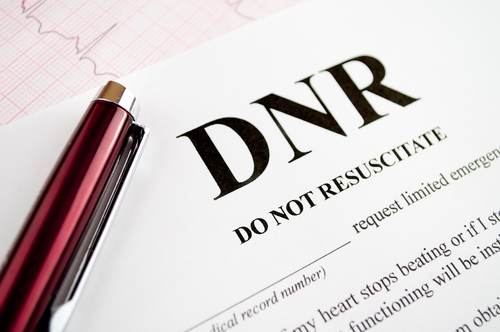Gurgling at End of Life: What Does the “Death Rattle” Sound Like?
Category:

Preparing for the end of life can involve a range of emotions but it can also involve unusual ailments. This includes gurgling at the end of life. This sound is commonly referred to as the “death rattle.” But what does the death rattle sound like? Is it the death rattle or snoring? And how long does one have left to live once they begin making the death rattle sound? In this post, we will answer all of these questions and more about the death rattle sound.
What is the Gurgling Sound When Dying?
The distinctive sound of end-of-life gurgling happens when an individual is no longer able to swallow or cough effectively enough to clear their saliva. They may make this sound as they are nearing the end of their life and while it can be painful to hear, it does not normally cause discomfort to the person.
What Does the Death Rattle Sound Like?
The sound of death rattle is crackling and wet and can be heard at varying levels with each breath. Some may wonder, does the death rattle sound like snoring? Sometimes it can sound like snoring or gargling and can even be soft and moan-like. Some people report that it often sounds like their loved one is drowning or choking but there is currently no evidence to suggest that gurgling before death causes any pain or discomfort.
Next up, let’s review some other symptoms of the death rattle.
What Are the Symptoms of Death Rattle?
When a person starts making the death rattle sound, they may exhibit other signs and symptoms. These include:
-
Agitation
-
Blue-tinted or mottled skin
-
Confusion
-
Cool or cold extremities
-
Dark bruising
-
Difficulty breathing or irregular breathing
-
Drifting in and out of consciousness
-
Frequent yawning
-
Incontinence
-
Lung congestion
-
Sleepiness
-
Strange odors
Finally, let’s review some possible treatments for the death rattle to help manage the sound.
What Are Treatments for Death Rattle Sound?
While the death rattle sound does not hurt the individual, it can still be painful for loved ones to hear it. Caregivers will often take steps to minimize the sound. However, it should be noted that these treatments only work temporarily and can be more disruptive to the individual as they undergo end-of-life care. Make sure you’re mindful of the patient before your own comfort level.
Some treatments for death rattle include:
-
Turning the patient on their side with their head slightly elevated to make the secretions less likely to stay in the back of the throat
-
Limiting the patient’s oral fluid intake
-
Moistening the mouth with damp swabs
-
Gently suctioning the mouth to drain secretions
-
Administering medications to dry the secretions such as atropine, glycopyrrolate (Robinul), or hyoscyamin (Levsin)
Download Our Grief and Loss Guide
While these treatments can make loved ones feel more comfortable, it is important to note that death rattle signals that death is very near. On average, a patient usually lives for about 23 hours after it begins. During this time, loved ones should try to say their goodbyes. The death rattle sound can occur until the person takes their final breaths.
Subscribe
Date: April 19, 2022
Category:


